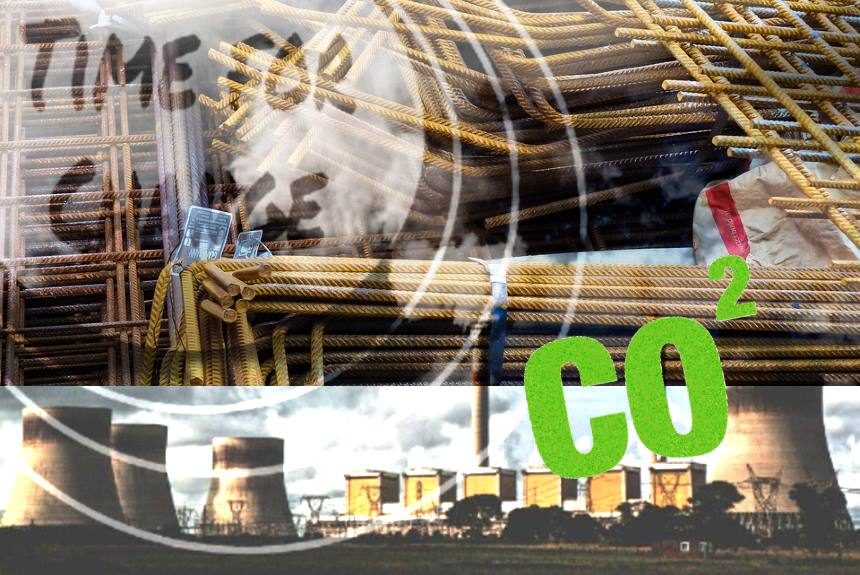Innovations in the building and infrastructure industries could help prevent the disastrous impacts of climate change. The United Nations Intergovernmental Panel on Climate Change (IPCC) warned that the world could suffer the worst effects of climate change by 2050 if countries will not drastically reduce their net carbon emissions to zero as soon as possible.
According to an article from the Institute of Public Works Engineering Australia (IPWEA), there are innovative materials manufacturing and infrastructure construction technologies. These innovations can provide a pathway to achieve carbon neutrality.
In addition to these innovations, the industry can adopt practices to reduce emissions by reducing materials and energy, repairing existing assets, retrofitting recycling materials, and incorporating unused or unwanted waste products. These not only prevent emissions but can also lower construction costs.
The article also mentioned some practical ways the industry can adopt to reduce carbon emissions.
- Using climate-smart asset design that “incorporate low-to-no embodied carbon materials and require minimal ongoing energy inputs to operate and maintain”. For example, designing buildings to be solar passive through orientation, placement of external vegetation and shading, control of airflow, etc. minimises the need for artificial heating or cooling.
- Use carbon-neutral steel, concrete, and aluminium. These construction materials alone contain 70% of the building’s carbon footprint. Carbon-neutral construction materials are available, such as Sweden’s and Denmark’s carbon-neutral ‘sea concrete’ or ‘biorock’ that can grow underwater using an electric current. Australia is now manufacturing carbon-neutral steel and aluminium, providing the market and industry with a low-emission alternative.
Click here to learn more about “biorock” and as an alternative zero-emission construction material: Innovation competition for zero-emission infrastructure. - Use low-carbon embodied materials and carbon sinks such as carbon-neutral concrete, steel, stone, timber, and bamboo. These materials also act as carbon sinks, locking away carbon during their useful life.
- Infrastructure and buildings should adopt as many green technologies as possible in their design and construction for zero emissions. These green technologies include solar panels, solar hot water systems, solar glass windows, methane capture, and solar technologies on the road surface.
Applying these innovative building and construction technologies as soon as and as much as possible can significantly help countries achieve their net-zero emissions goal and meet their Paris Agreement commitments.
Source:
Four pathways to carbon neutrality by 2050. Opinion by Jacqueline Balston. (2021, February 10). Insite Community News by IPWEA. Retrieved from https://insite.ipwea.org/four-pathways-to-carbon-neutrality-by-2050/



Leave a Reply